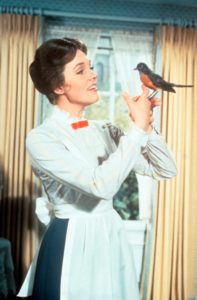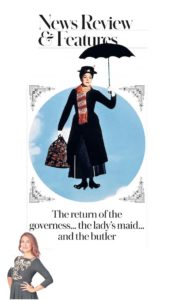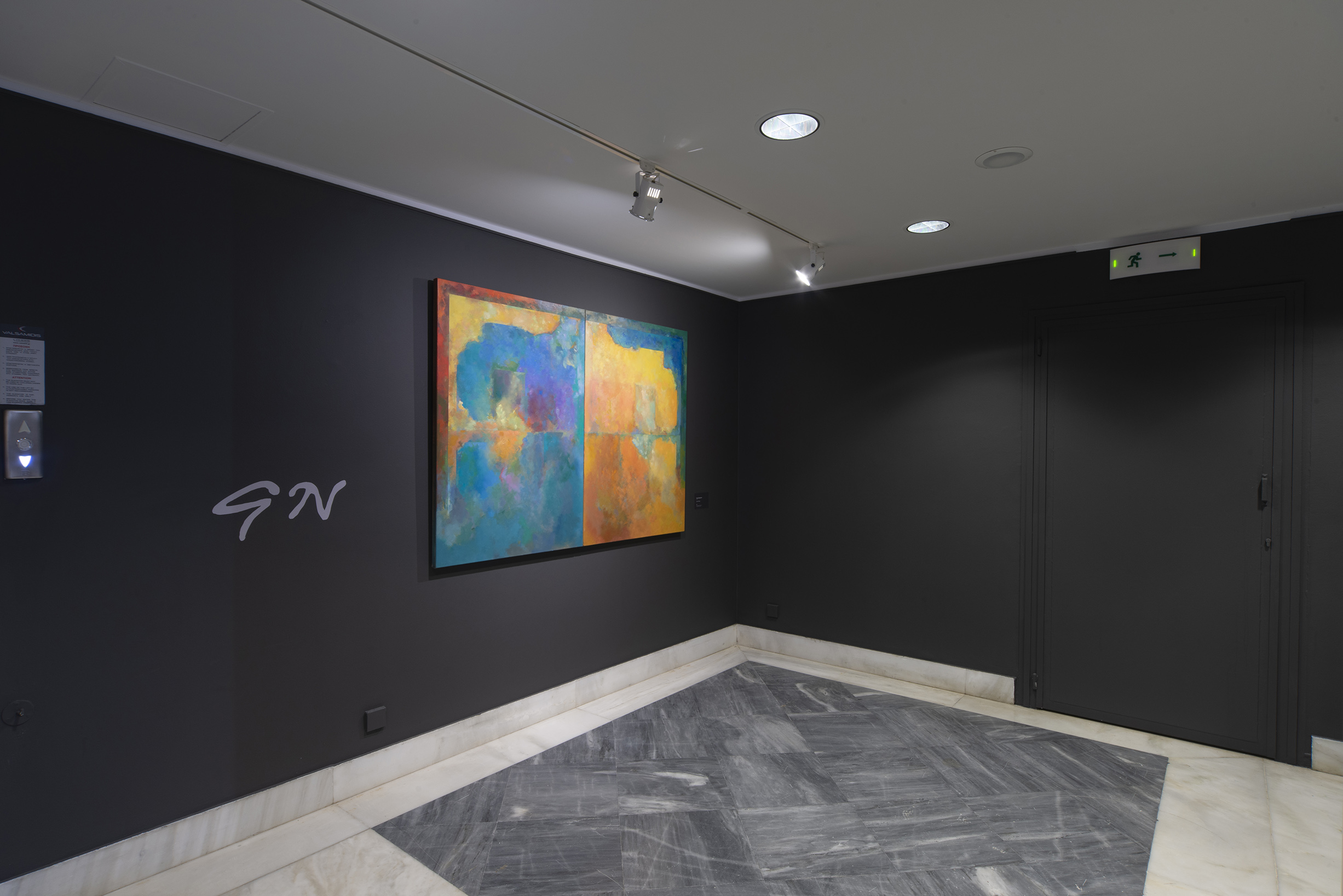Mary Poppins Returns! Some Modern Families Seek a Governess
Whom better suited to dispatch briskly with the demands of coronavirus-era child care?
by Ruth La Ferla. October 8, 2020
British American Household Staffing’s founder and CEO, Anita Rogers, as well as Kristen Reyes, BAHS’ Senior Recruiter & Estate Management Consultant, and Katherine Patterson, BAHS’ Senior Placement Specialist, were recently interviewed by The New York Times for an article on the role of governesses and nannies during COVID-19.

In her work as an estate manager, Kristen Reyes often finds herself fielding client requests for a special kind of child minder. “Callers will say to me, ‘Kristen, I need a modern Mary Poppins.’ Everyone knows what that means.”
It refers, Ms. Reyes went on to explain, to that old-fashioned paragon of patience, good cheer and decorum otherwise known as a governess. And, yes, she — most always a she — is back, a plucky hybrid of tutor and life coach in rising demand among affluent families scrambling to educate their offspring in the midst of a pandemic.
Excerpts below – click here to view the full article on NYTimes.com
Click here to contact us about hiring a governess for your family
School shutdowns and social limitations have lent their search a particular urgency. “For the past six or eight weeks we’ve been slammed with educator and governess requests, from all over the country,” said Anita Rogers, the founder and chief executive of British American Household, a domestic staffing agency.
Orders began doubling as families girded for a fall semester and the rigors of remote learning, Ms. Rogers said: “During the pandemic, we’ve done very well.”
…
The contemporary governess may work in a formal household, staffed with drivers, cooks, housekeepers and the like. But unlike a conventional nanny she is expected to provide a high-end version of home-schooling.
As often as not the job calls for a fancy pedigree that may include an advanced degree from an Ivy institution, a facility with languages, and manners that rival those of a marquise.
But the position has been democratized to some degree. ”It’s no longer exclusive to high-net-worth families,” Ms. Reyes said. During a health crisis that shows no signs of abating, two- career families will seek out a governess to function as a proxy parent to their toddlers or teenagers.
…
Ideally these days, the governess commands respect as a highly accomplished worker in a rigorously demanding job. “She is not just a stand-in for a fancy nanny, though nanny duties may be part of the job,” said Katherine Patterson, a placement specialist who worked as a governess early in her career.
“She is responsible for the child’s safety and welfare,” Ms. Patterson said. “But the role also dovetails with that of a teacher, an increasingly common scenario as the number of parents home-schooling their children continues to rise.”
Her position is nuanced, extending from a child’s education to that child’s social and emotional progress. No surprise, then, Ms. Reyes pointed out, that families now are requesting a background in child psychology or child development.
In this currently unstable climate, “kids have a lot more to learn about life at a younger age,” she said. “A governess can give a 5-year-old an outlet to talk about why they can’t see their friend or their grandparent. With Covid impacting everything, the governess is a kind of mini-therapist.”
…
Being a governess presupposes a very atypical work environment. “There’s a plethora of dos and don’ts that just wouldn’t apply to a corporate workplace,” Ms. Patterson said. She declined to describe those rules. “That,” she said elliptically, “is for another day.”







